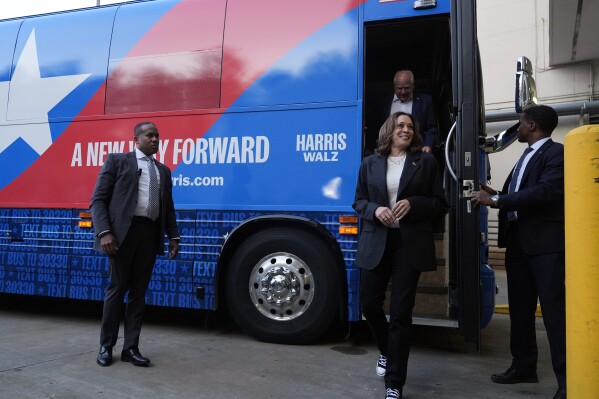While the general election headlines were dominated by Sir Keir Starmer’s landslide and Rishi Sunak leading the Conservative Party to its worst defeat in history, the Green Party was quietly making history as well.
The party enjoyed a surge in support, jumping from 865,707 votes in 2019 to 1.9 million and securing four MPs, compared to one in the last parliament.
At its conference in Manchester, co-leader Adrian Ramsay painted the breakthrough as the start, not the end, and vowed to take the fight to Labour on issues such as climate change, the two-child benefit cap and Israel’s war in Gaza.
However, the Green Party’s coalition is built on shaky foundations, with a chunk of its support coming from small-c conservatives concerned about the erosion of Britain’s landscape and green spaces.
Another chunk comes from left-wing Labour voters’ disaffected with Sir Keir Starmer’s leadership on issues such as climate change and Gaza.
The Independent looks at whether the party’s 2024 coalition is a base on which it can build, or whether tensions will emerge that lead to it falling apart.

A key challenge for the party is its stance on the development of infrastructure needed to tackle the climate crisis.
Shortly after being elected to parliament, Mr Ramsay became embroiled in a hypocrisy row over his opposition to pylons being built through his picturesque Waveney constituency. He has argued he simply wants an assessment of the various options available, but Sir Keir has said it is “extraordinary” for the Green co-leader to “oppose vital clean energy infrastructure”.
Pollster Chris Hopkins, director of research for Savanta, told The Independent one of the biggest challenges for the Greens is the party “being Yimby (yes in my backyard) nationally but Nimby (not in my backyard) locally”.
“For the Greens to capitalise on their recent success, they need to both broaden their appeal and ensure their positions locally and nationally are not at odds with one another,” he said.
Mr Hopkins said the lowest-hanging fruit for Labour in this parliament will be disaffected voters continuing to turn away from the party during its time in government.
But others have warned that by pursuing left-wing votes, the Greens risk alienating their traditional support base and those who switched from the Conservatives in July, particularly in seats such as Waveney Valley and Herefordshire.
Luke Tryl, UK director of pollster More in Common, said the Greens should focus on a “double doughnut strategy”, winning inner city student seats, while Labour win the outer city and the suburbs and the Tories win in rural areas.
To do so, the Greens will have to take left-wing stances on issues such as gender, Gaza and tax to win over left-wing Labour supporters. But Mr Tryl warned it would mean turning off voters in the more Conservative-leaning seats they have won.
He told The Independent: “If the greens want to hold them they need to go old school green, but if they do so (as the pylon row showed) they risk alienating their liberal left vote which is where the growth prospects are.
“The long and short of it is that they will have to choose.”
In an interview with The Independent ahead of the Green Party conference, Mr Ramsay rejected claims there was a tension between the party’s traditional supporters and its newer, younger voters. Instead, he highlighted the links between economic and social inequality and the climate crisis and said that the party is equally committed to tackling both.
Disclaimer: The copyright of this article belongs to the original author. Reposting this article is solely for the purpose of information dissemination and does not constitute any investment advice. If there is any infringement, please contact us immediately. We will make corrections or deletions as necessary. Thank you.



